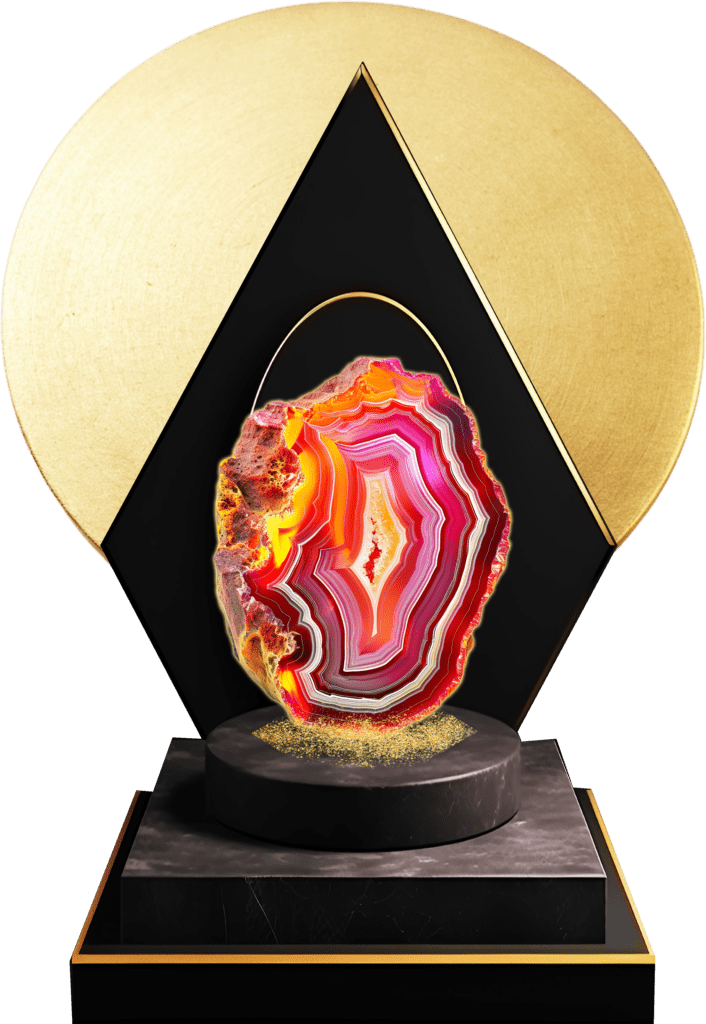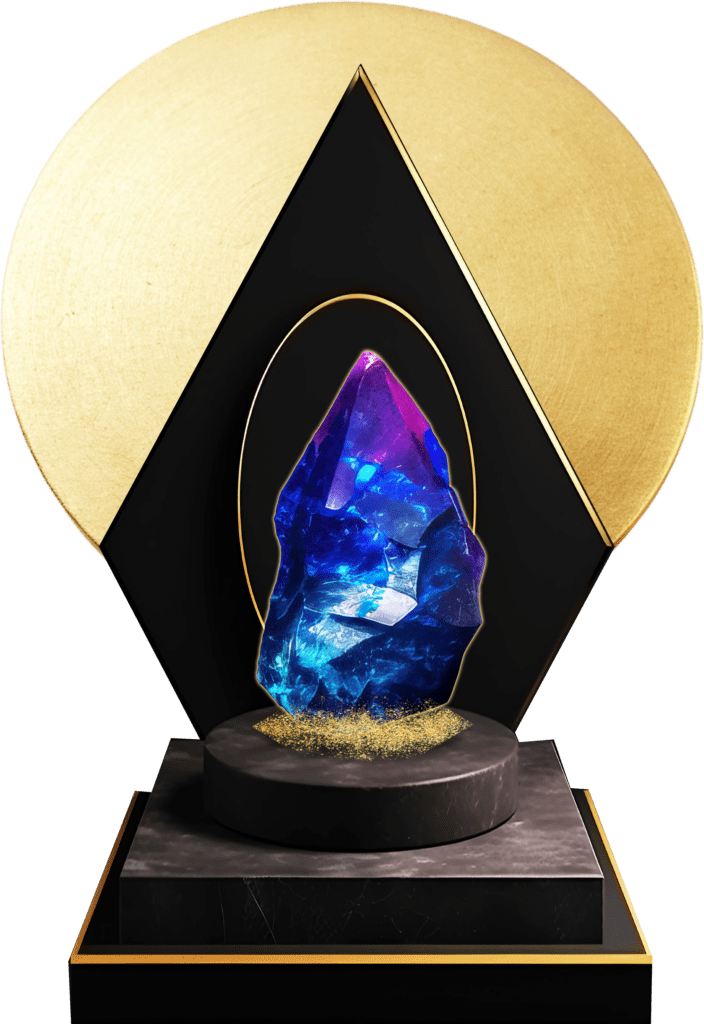צרו איתנו קשר!
הספקטרום האלקטרומגנטי וטכנולוגיות חלל
חלק א
Electromagnetic Spectrum and Space Technologies
Part I
About The Course
על הקורס
ויהי אור – חוקרים איך רואים אור כוכבים באמצעות תופעות הספקטרום האלקטרומגנטי (חלק א)
הספקטרום האלקטרומגנטי וטכנולוגיות חלל
את הקורס נפתח בסקירה מקיפה של הרעיון של הספקטרום האלקטרומגנטי הכולל קרינה בתדרים שונים כגון: רדיו, מיקרוגל, אור נראה, על סגול ועוד. נבין מהם תכונות הגל של כל סוג קרינה ונכיר לעומק את תחום האור הנראה. לאחר מכן נלמד על תופעות גליות באור כמו התאבכות, שבירה והחזרה ונבין את העקרונות הפיזיקליים שבבסיסן תוך מתן דוגמאות מוחשיות. גם נכיר ניסויים קלאסיים בתחום כמו ניסוי יאנג (Young's interference experiment). אז נעבור לדיון מעמיק בדואליות גל-חלקיק של האור ונשווה בין המודל הגלי למודל הפוטון ונבין היכן מתאים כל מודל ומהן מגבלותיו. נתבונן בניסויים מפתח כמו ניסוי הסדקים הכפולים.
בהמשך נכיר רכיבים אופטיים כמו עדשות, מראות ופריזמות המשמשים בטלסקופים ומאפשרים איסוף וריכוז של אור מרוחק מאוד. נסקור סוגי טלסקופים המבוססים על רכיבים אלו כמו מחזירי אור ושוברי אור. נמשיך להכרות מעמיקה עם סוגי טלסקופים נוספים הפועלים בתחומים ספקטרליים שונים כמו רדיו, תת אדום ועוד ונבין מה העיקרון הפיזיקלי העומד מאחורי כל סוג.
לאחר מכן נבחן כיצד מעבר האור באטמוספירה ובחלל משפיע על התצפית האסטרונומית מהקרקע ומהן השיטות לפיצוי ותיקון עיוותים אלו. בנוסף נכיר טכניקות לניתוח ספקטרלי של אור המאפשרות זיהוי הרכב כימי, טמפרטורה ותנועה של גרמי שמיים רחוקים. נמשיך לשיטות מתקדמות באסטרונומיה לגילוי אקזופלנטות על ידי איתור שינויים בהארה ובמהירות תנועה של כוכבים.
נחתום את החלק הראשון בהיכרות עם טלסקופ החלל האבל (Hubble) וג'ימס ווב (James Webb) החדיש וטלסקופים על פני כדור הארץ משוכללים, המאפשרים תצפיות עמוקות ביותר אל תוך היקום ואחורה בזמן.
* הקורס יותאם לרמת כל שכבת גיל.
Let There Be Light – Exploring Starlight Through Electromagnetic Spectrum Phenomena (Part I)
The Electromagnetic Spectrum and Space Technologies
We will open the course with a comprehensive overview of the electromagnetic spectrum concept, encompassing radiation at various frequencies such as radio, microwave, visible light, ultraviolet, and beyond. We will understand the wave properties of each radiation type and delve deep into the visible light spectrum. Subsequently, we will study wave phenomena in light, including interference, refraction, and reflection, comprehending the underlying physical principles through tangible examples. We will also examine classic experiments in the field, such as Young's interference experiment.
We will then transition to an in-depth discussion on the wave-particle duality of light, comparing the wave model to the photon model, understanding where each model is applicable and its limitations. We will examine key experiments like the double-slit experiment.
Further, we will explore optical components such as lenses, mirrors, and prisms used in telescopes, enabling the collection and concentration of extremely distant light. We will survey telescope types based on these components, such as reflectors and refractors. We will continue with an extensive introduction to additional telescope types operating in different spectral domains like radio and infrared, understanding the physical principle behind each type.
Subsequently, we will examine how light's passage through the atmosphere and space affects astronomical observation from the ground and the methods for compensating and correcting these distortions. Additionally, we will explore spectral analysis techniques of light that enable identification of chemical composition, temperature, and motion of distant celestial bodies. We will proceed to advanced astronomical methods for detecting exoplanets by identifying changes in the brightness and velocity of stars.
We will conclude the first part with an introduction to the Hubble Space Telescope and the new James Webb Space Telescope, as well as sophisticated Earth-based telescopes, which enable the deepest observations into the universe and back in time.
* The course material will be tailored to the age of the learners.






